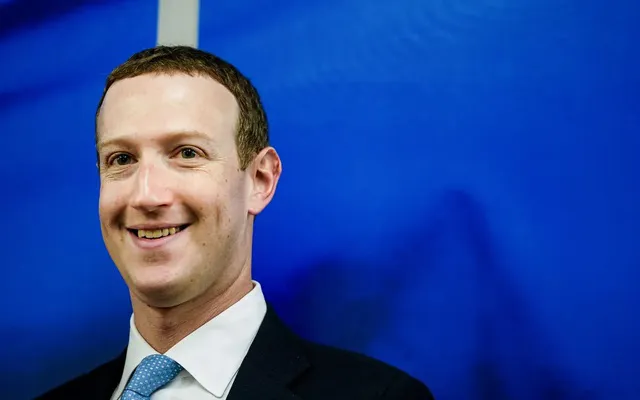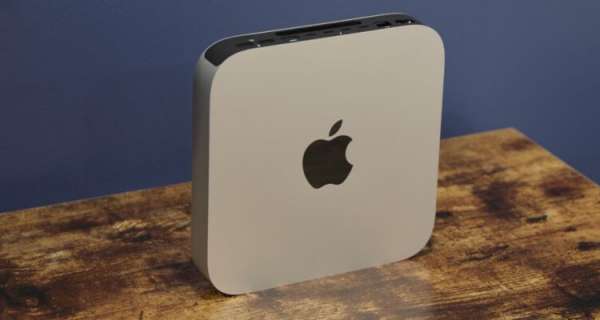In February 2014, when Facebook celebrated its 10th anniversary, CEO Mark Zuckerberg made a passionate statement:
'I am even more excited about the next decade than the previous one. The first ten years were about building the foundation for this network. Now, we have enough resources to help people around the world solve even bigger and more important problems.'
These words were not just a simple statement, but a promise of a hopeful future where technology and connectivity could bring positive changes to humanity.

Drawing inspiration from the design and features of existing websites like Friendster, Zuckerberg created a memorable milestone when he launched Facebook on February 4, 2004, from his Harvard University dorm room during his second year. News about this new social network spread quickly across campus like wildfire. Zuckerberg described it as a service that would help students at this big university 'connect' with friends and stay updated about what they were doing.
Within just 24 hours, more than 1,200 Harvard students had signed up; and after only one month, more than half of the student population had joined. With burning passion, Zuckerberg, along with a small group of roommates and college friends, began expanding this service to other Ivy League schools and universities in the Boston area.
This was not just the beginning of a website, but the start of a revolution in how we interact and share. Facebook became strong proof of how a simple idea, when nurtured with persistence and vision, could become something amazing. The platform showed that sometimes the most basic concepts, when developed with dedication and clear goals, can grow into something that changes the way people communicate and connect with each other around the world.
Excited about the business potential of the new social network he had created, Zuckerberg decided to leave school that summer and set up headquarters in a farmhouse-style home in Palo Alto. Peter Thiel, PayPal's co-founder, joined the advisory board and became an early investor, contributing $500,000 for a 10% stake in this young company. A year later, Accel Partners joined in with a $12.7 million investment.
By fall 2005, Facebook had grown to more than five million users, with over 85% of college students connected to the network. Next, Facebook targeted high school students. By the end of 2005, Facebook was operating in more than 2,000 colleges and 25,000 high schools. In September 2006, it opened its doors to everyone above 13 years old who had a valid email address.
At this point, Facebook received a new round of investment ($27.5 million) from venture capitalists. The company also started receiving unexpected offers from other companies, including Yahoo! - which offered to pay one billion dollars to buy the company, and Microsoft - which in 2007 purchased 1.6% of Facebook's shares, valuing the three-year-old social network at an impressive 15 billion dollars.
Following advice from investors and the board of directors, Zuckerberg began searching for an experienced executive to help him develop a sustainable business model. (Unlike some of his peers at the time, such as Google's founders, Zuckerberg didn't want to give up his CEO title, so he looked for a COO instead.) In 2008, he hired Sheryl Sandberg, a former advertising director at Google, for this position. After conducting several brainstorming sessions with Facebook employees, she concluded that advertising should be Facebook's main source of revenue and started building a sales structure.
As from the beginning, Zuckerberg continued to focus mainly on improving the website's usefulness and enhancing the user experience. Noticing the rapid popularity of smartphones, the company quickly adapted its platform for mobile use. Facebook also began adding new capabilities by buying other companies, including WhatsApp (encrypted mobile messaging), Instagram (mobile photo sharing), and Oculus (virtual reality).
In 2012, Facebook filed for its Initial Public Offering (IPO). The demand for shares was very high, and the underwriters set the price at $38 per share, valuing the company at $104 billion - the highest valuation for any newly listed company at that time. However, as if predicting the challenging year ahead, a computer problem at NASDAQ on the IPO day, May 18, caused trading delays. Facebook's stock struggled throughout the day to stay above its opening price. In the following months, the share price dropped to $18 per share before starting to recover.
By 2014, two years after going public, with the stock trading around $62, both the founder and investors were once again feeling optimistic. Three years later, in February 2017, Facebook's stock price had doubled to $137 per share. By October 2017, Facebook had reached a market value of $497 billion, becoming the fourth largest public company in the world, only behind Apple, Alphabet (Google's parent company), and Microsoft.
During Facebook's first decade of existence, there were several turning points when Zuckerberg and Sandberg made crucial decisions that influenced the company's long-term survival as a business. These included Zuckerberg's careful selection of investors and COO, his focus on user experience quality, Sandberg's decision to actively pursue advertising revenue to support Facebook's business model, and the company's quick response to market changes, such as their customers' adoption of smartphones.




















0 Yorumlar